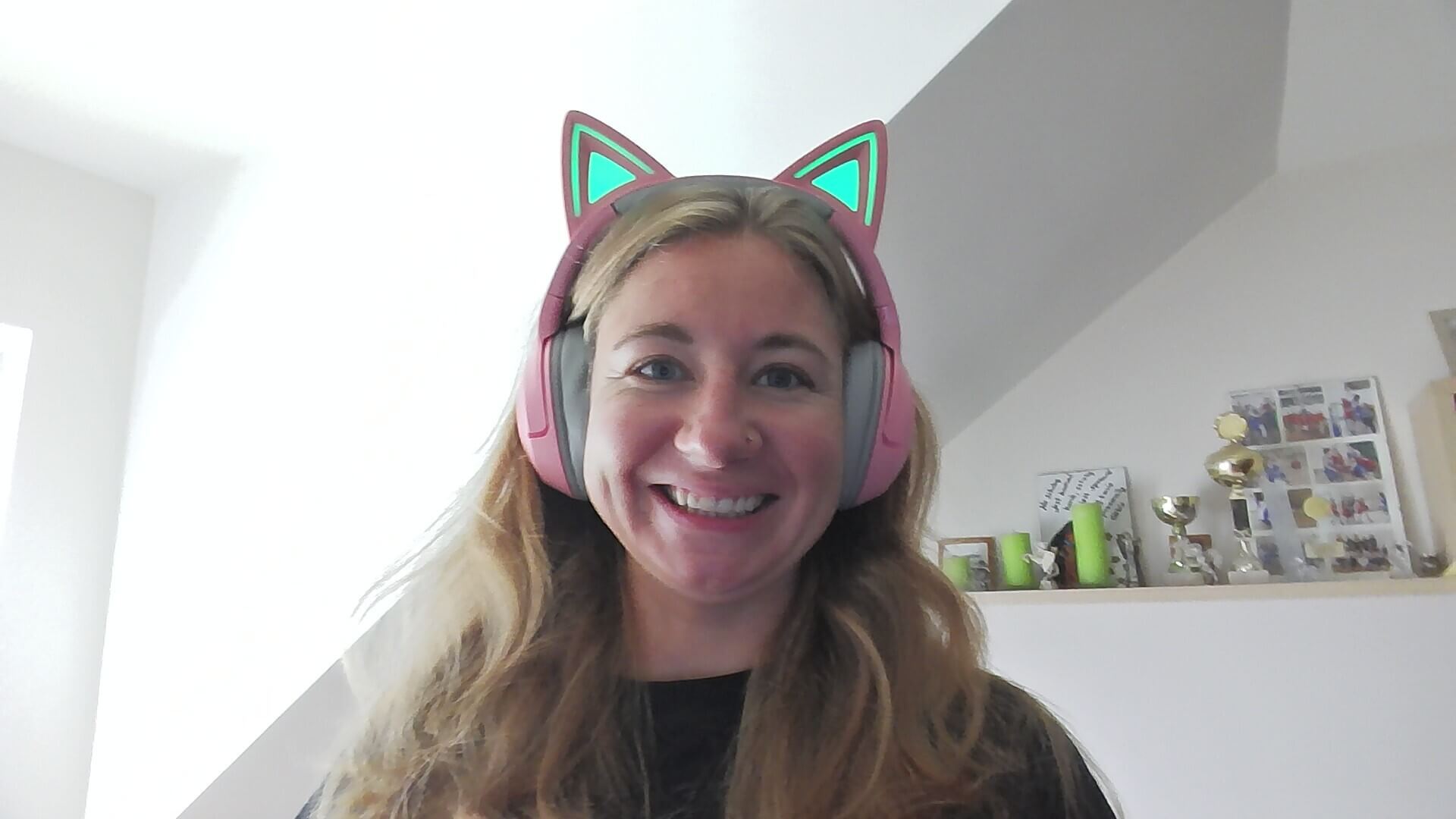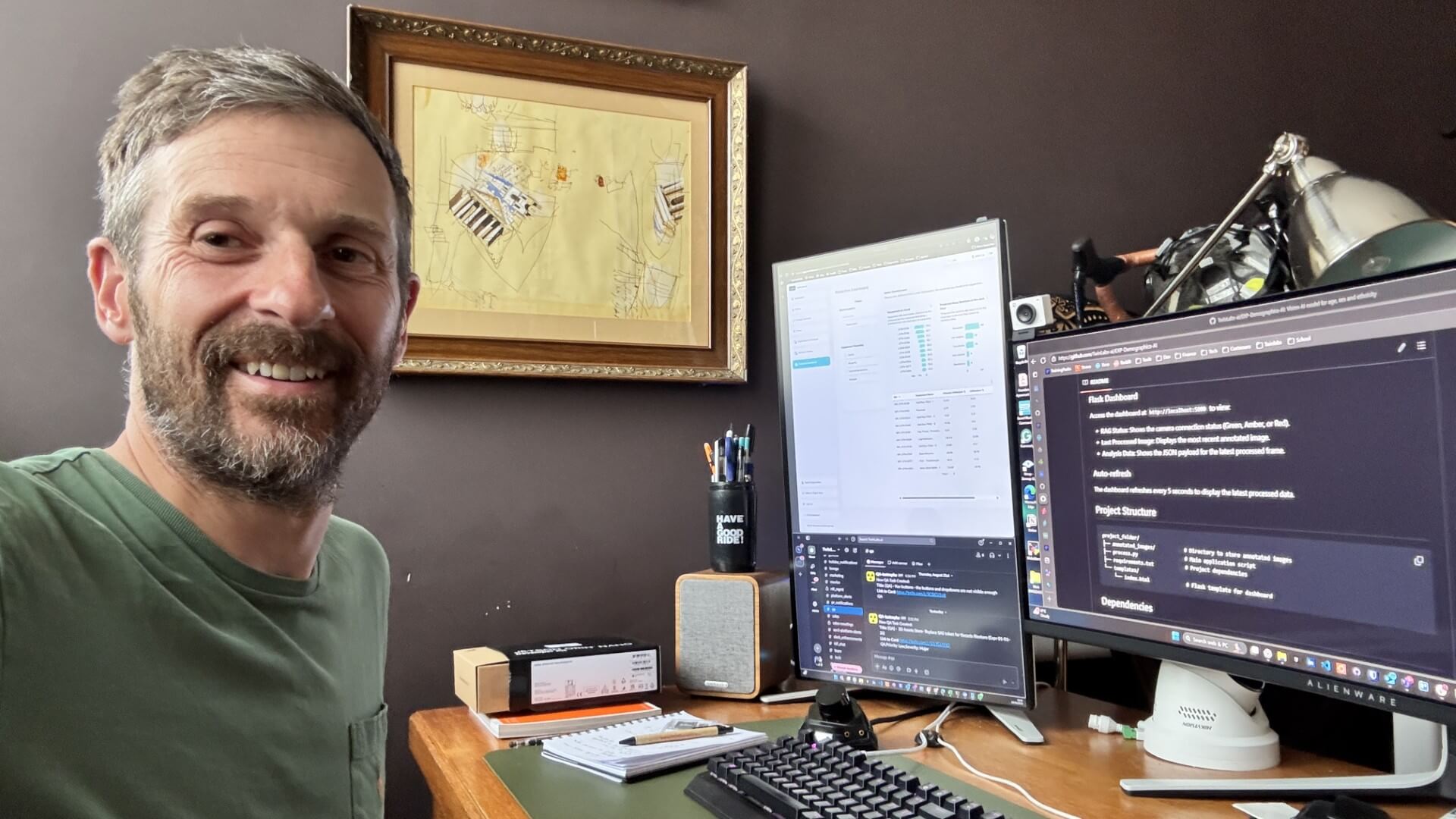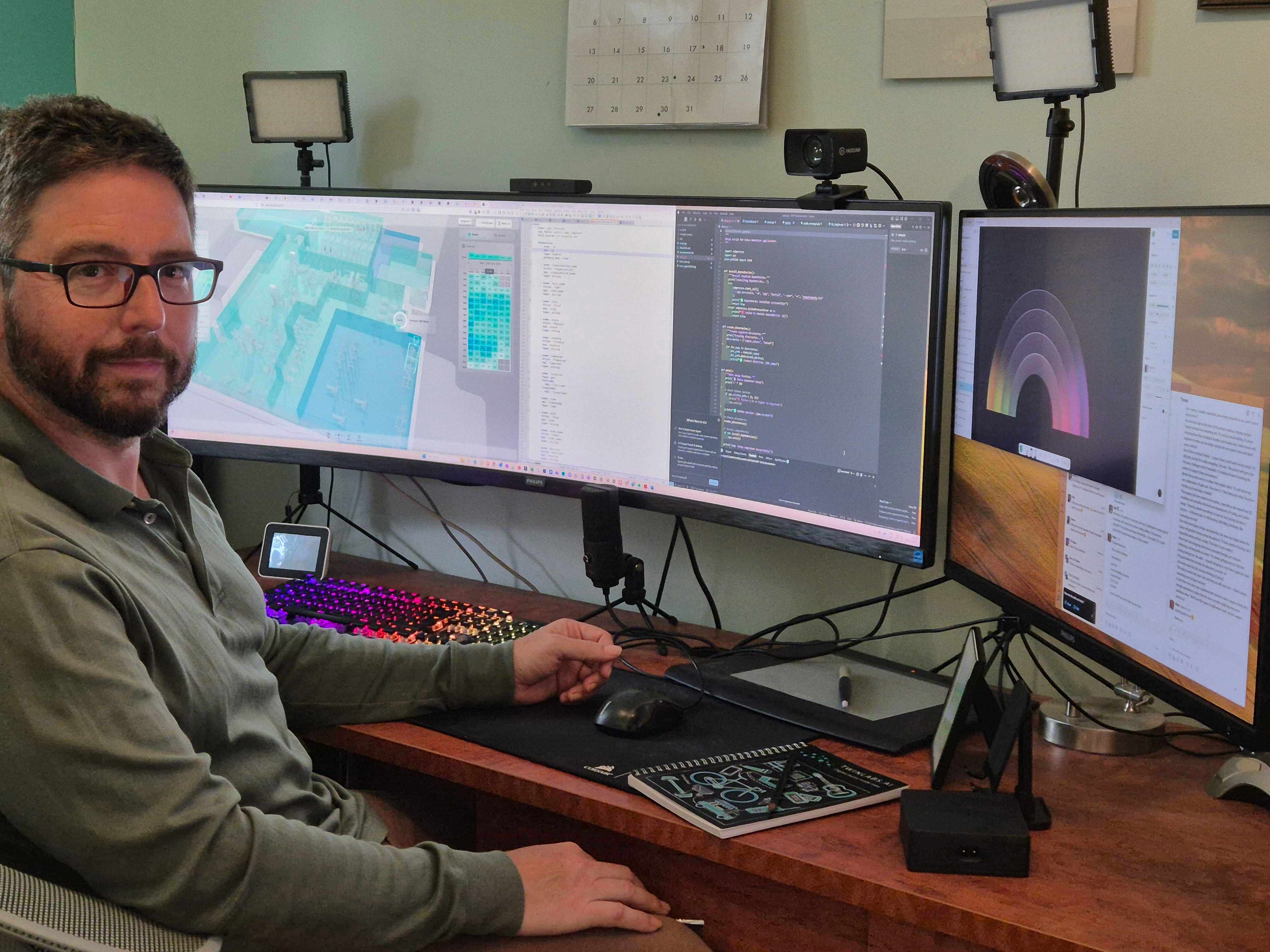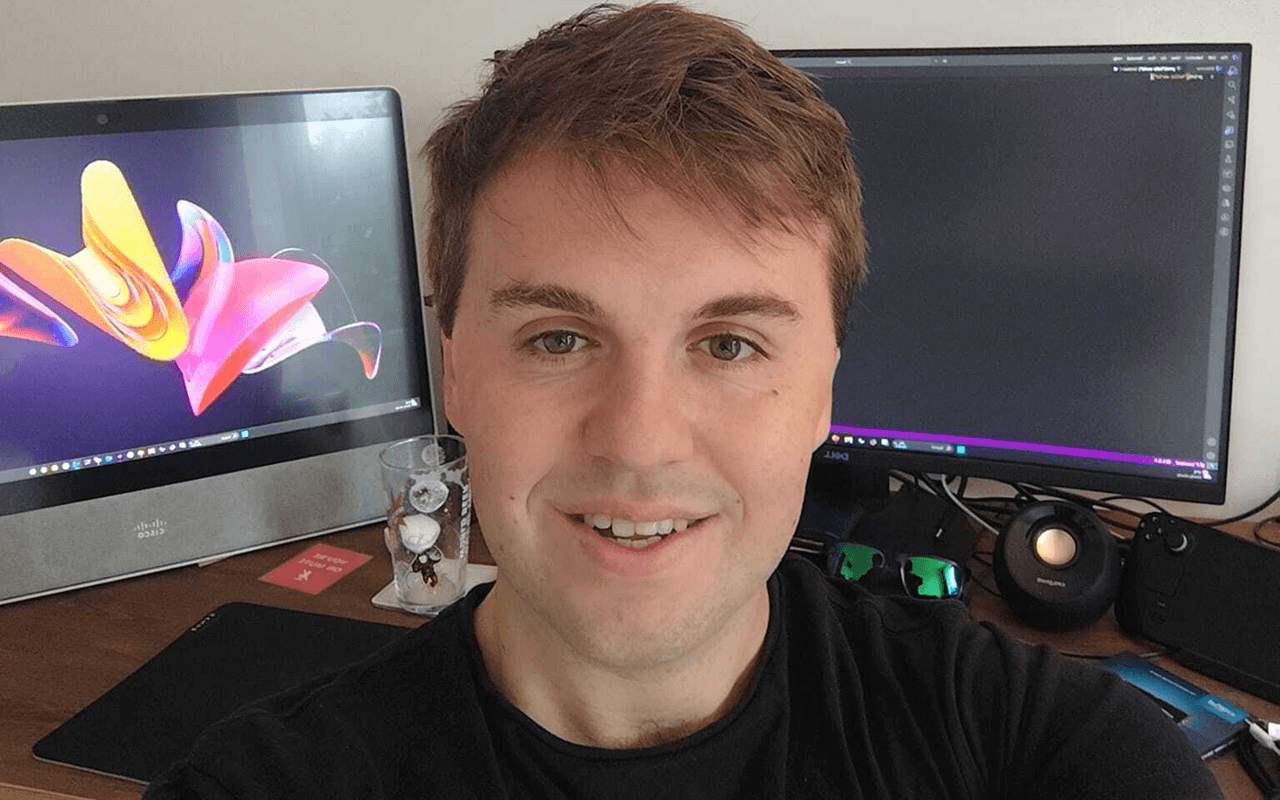
When Anna joined TwinLabs, she wasn’t coming from the world of web platforms, AI tools, or real-time data. She came from a world of XR medical applications, creative sketchbooks, and immersive design. What she lacked in familiarity, she made up for in drive.
“I didn’t know much about AI-driven systems or scalable web apps,” she admits.
“But I told myself: I’ll learn, and we’ll see how it goes.”
Two years in, Anna has done far more than keep up. She’s helped shape the very experience customers have when interacting with the TwinLabs platform — from intuitive dashboards to polished 3D environments that feel as fluid as they are informative.
Building an Interface That Disappears
Today, she’s focused on expanding the platform UI and integrating BI tools to make the experience more self-serve.
“It’s about finding that balance between a clean, attractive interface and thoughtful UX,” she says.
“We want people to be able to manage and configure things themselves — without needing us to do everything behind the scenes.”
That invisible simplicity is hard-won. One project she’s especially proud of involved optimising how shared 3D models load across TwinLabs’ digital twins.
“I had to make sure assets rendered correctly, matched their real-world counterparts, and loaded quickly,” she says.
“It sounds small, but it’s a big part of making things feel smooth and intuitive.”
Another layer of complexity? Tying those 3D environments to crisp, usable 2D overlays — something she redesigned for clarity and polish.
“We’re combining sensors, data, APIs, real-time analytics, and spatial scenes. But the user doesn’t need to see that complexity. They just need something that works.”
Simplicity with Substance
That philosophy — to hide the hard parts and surface only what’s meaningful — drives everything she does. It’s also part of what sets TwinLabs apart.
“Most digital twins are expensive, slow, and bespoke,” Anna explains.
“We’re flipping that: making it scalable, repeatable, and actually enjoyable to use — even if you’re not technical.”
Her work sits right at the heart of the product roadmap, helping translate feature concepts into something real.
“It’s not just about building — it’s about designing flows that are helpful, intuitive, and visually clear. I work closely with engineers to make sure the design systems we use support reuse and speed across verticals.”
Designing for What’s Next
One of those verticals? Hotels — a space Anna is particularly excited about.
“It’s still early, but the fit is really compelling,” she says.
“We started with gyms, but the same challenges exist in hospitality. I’m looking forward to evolving the product to support those environments.”
Behind the product work is a culture Anna deeply values.
“It’s self-driven but very collaborative. People care. They check in. They thank each other. You never feel like you’re working in a bubble.”
That support has been central to her journey — especially as she moved from 3D modelling and animation into front-end development, AI tooling, and system design.
“Honestly, almost everything I’ve learned since joining has been a surprise — in the best way. I’m still learning. Still failing sometimes. But improving every day.”
She’s also found space to take real ownership — like when she helped define the colour and gradient system across the platform.
“It took months of testing, but it shaped the whole product visually. That kind of work matters.”
Focus, Grit, and Surprise
When she’s not designing, Anna stays grounded through gym sessions, kickboxing, and long walks at sunset.
“I’m slowly getting back into full-time boxing training too,” she adds — casually dropping in a fact that caught her team off guard when they learned she also owns a muscle car.
And what would she tell someone thinking of joining?
“Be ready to work hard, learn fast, and keep up with new tech — there’s always something new to figure out here.”
Looking Ahead
A year from now, Anna sees a platform with more live twins, happier clients, and enough automation in place that the team can start exploring even more ambitious ideas.
“We’ll have the space to build what’s next — not just support what’s live.”







